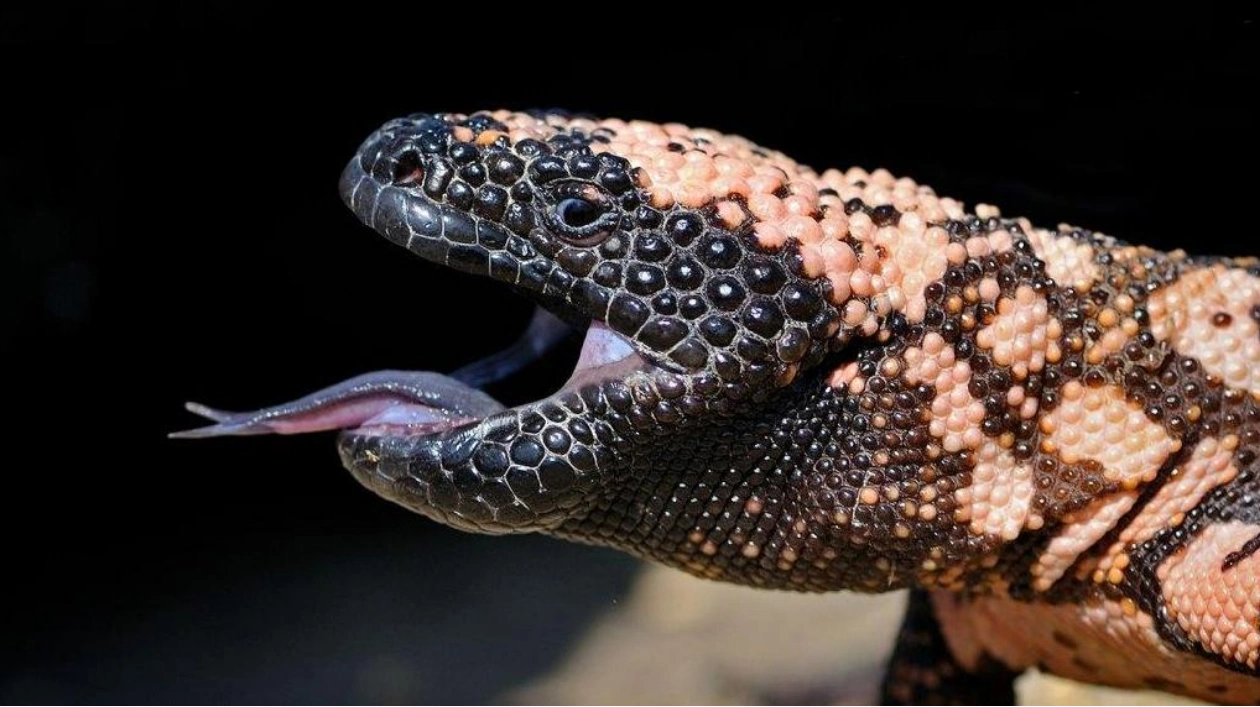A molecule found in lizard saliva could revolutionize the detection of certain pancreatic tumors. Insulinomas, benign tumors that cause low blood sugar and fainting spells, are notoriously difficult to detect using current scanning methods. However, by using a modified version of a protein found in Gila monster saliva as a radioactive tracer, a new type of PET scan successfully detected these tumors in 95% of confirmed cases, according to a study published in the October issue of the Journal of Nuclear Medicine. Traditional PET scans used for this purpose had a success rate of only 65%.
The pancreas plays a crucial role in producing insulin, a hormone that regulates blood sugar levels. This function is carried out by specialized cells known as beta cells. Occasionally, these cells malfunction and form insulinomas. These tumors are rare, affecting only 1 to 4 people per million globally each year, but they can be debilitating for those affected. "Many of these tumors are benign, very small, and highly efficient at producing insulin. They can cause low blood sugar, which might lead to fainting or seizures," explains Peter Choyke, a cancer biologist at the National Cancer Institute in Bethesda, Maryland. "Even when they are very small, it is crucial to diagnose them quickly and accurately so that a surgeon can precisely locate and remove the tumor."
If these tumors are detected, surgical removal can cure the patient and restore normal life. However, finding insulinomas is challenging. Current methods include CT and MRI scans, as well as PET scans used to detect malignant pancreatic tumors, but these often fail to detect the much smaller insulinomas. In a PET scan, radioactive molecules are injected into the patient, which accumulate in specific body locations, such as cancer cells, providing a three-dimensional view of the cancerous cells.
"If the tumor's location is unknown, surgeons used to slice the pancreas until they found it," says Martin Gotthardt, a nuclear medicine researcher at Radboud University Medical Center in Nijmegen, Netherlands. "If an insulinoma cannot be detected today, patients are not operated on because doctors do not want to remove the entire pancreas."
The Gila monster (Heloderma suspectum), a lizard native to the deserts of New Mexico, holds the key. A protein in its saliva, named exendin-4, is synthesized in labs and used to treat diabetes. It binds to and activates pancreatic receptors called GLP1Rs, stimulating them to produce more insulin. In the mid-2000s, Gotthardt and other scientists discovered that insulinomas, typically clusters of many beta cells, also contain a high amount of GLP1Rs, making exendin-4 a promising candidate for tumor localization.
Early studies showed that exendin-4 attached to a radioactive molecule could be used in PET scans to detect insulinomas in humans, but high doses caused side effects such as nausea, headaches, and low blood sugar. In the current study, Gotthardt's team added another molecule to stabilize the radioactive exendin-4, ensuring that even low doses showed high radioactivity, reducing adverse effects.
To test their new tracer, the researchers recruited 69 individuals with biochemically confirmed low blood sugar due to excessive insulin. Each underwent standard imaging tests and the new exendin-4 PET scan, leading to surgery for 53 individuals. Out of these 53 confirmed cases, the tumor was detected in 50 exendin-4 PET scans, compared to just 35 standard PET scans. In seven cases, the exendin-4 scans detected insulinomas that standard PET, CT, and MRI imaging missed. The exendin-4 tracer was also effective at minimizing background noise and had fewer side effects compared to previous versions.
"I believe this work is highly valuable in demonstrating how exendin-4 can be used in the diagnosis of insulinoma and potentially replace many of the current imaging techniques that are less effective," says Choyke. Gotthardt and his team are now focused on helping other labs and hospitals adopt this technology. "We want to spread the technology so that everyone can use it, as it truly benefits patients," he concludes.
Source link: https://www.sciencenews.org






